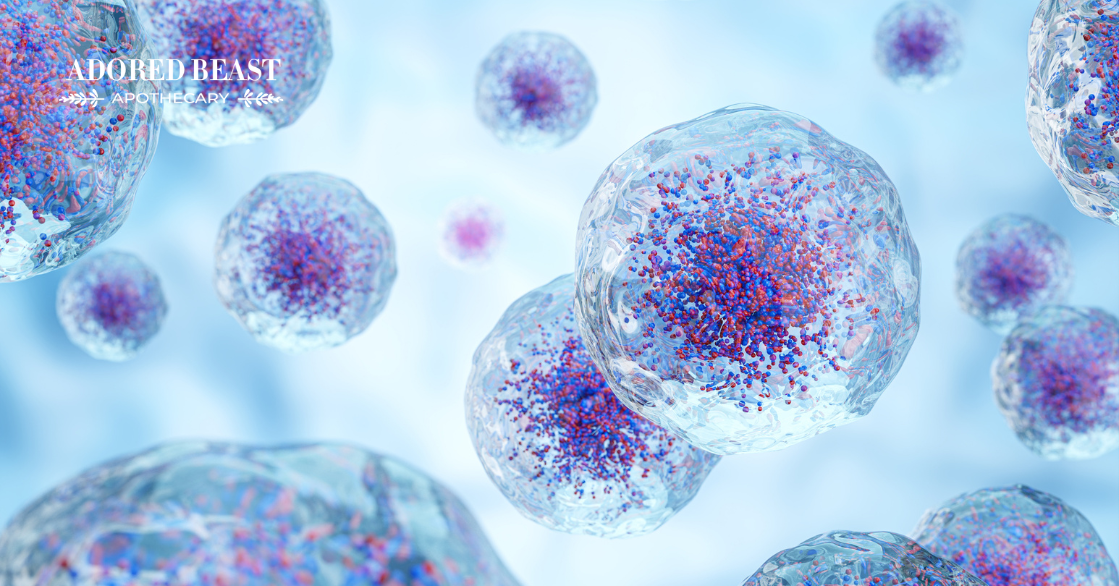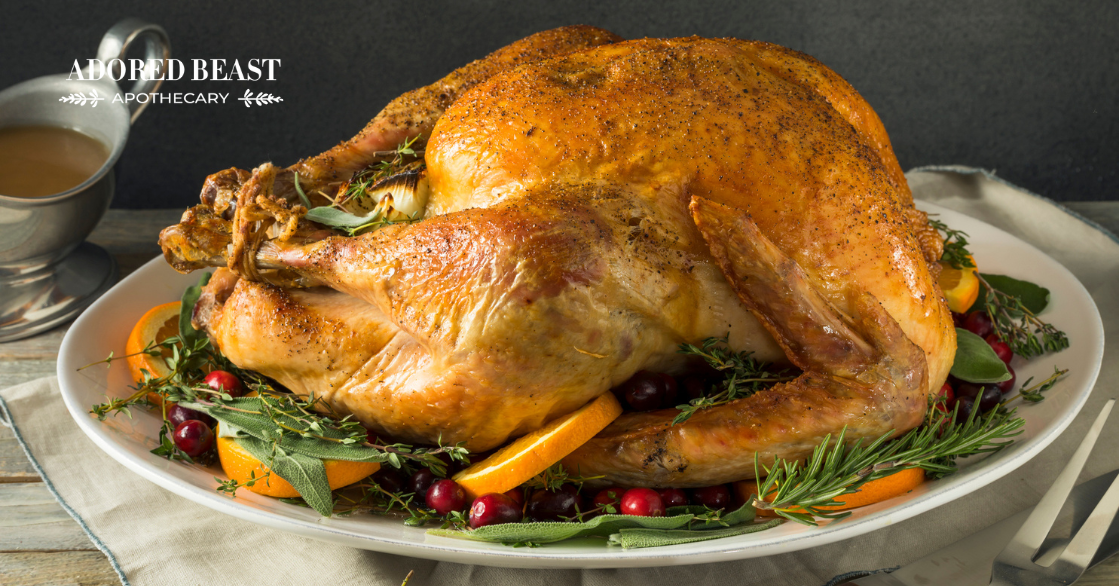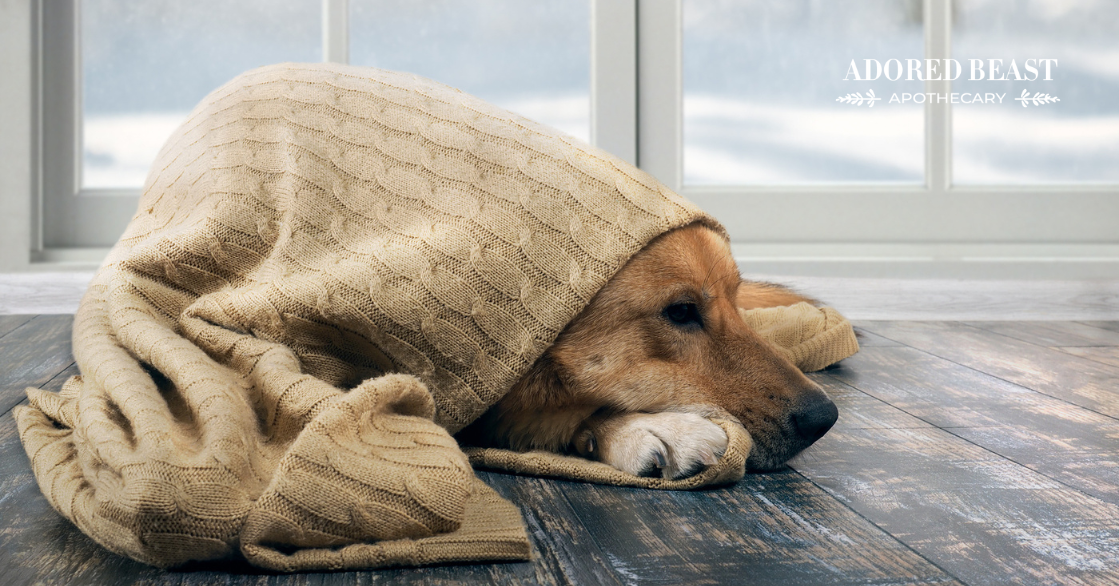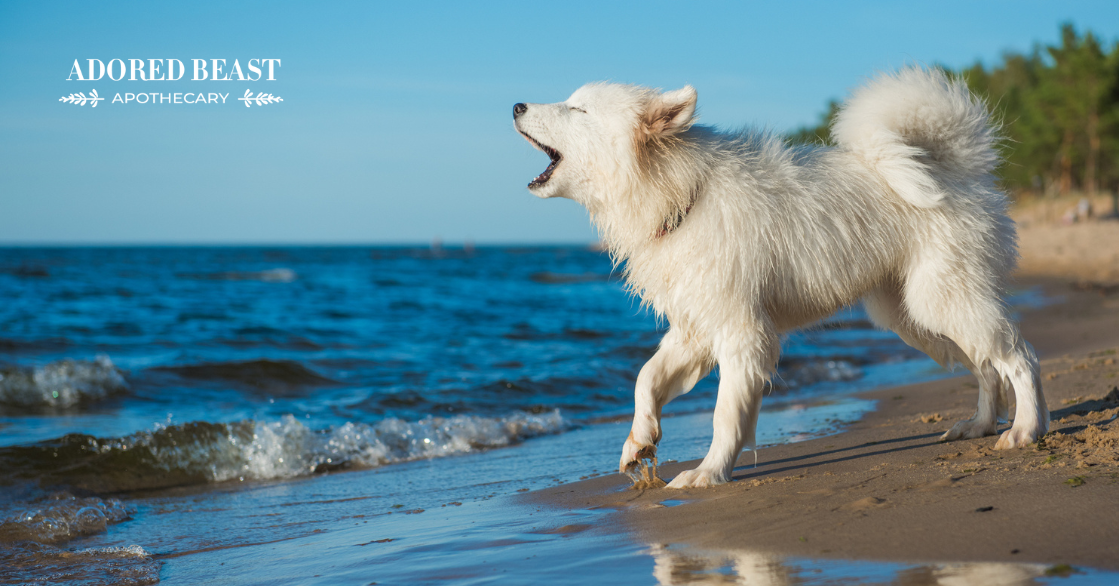Joint health, gut health, heart health, dental health… these are all elements of our animals’ health that we routinely think about. Often that’s because we know how important it is to keep these parts of the body healthy. But have you ever thought about your pet’s cells or how healthy they are? Really, what do cells do, and why is it important to protect them?
Well, it’s super important, actually. And even though we tend not to put “cells” at the top of the list, their health is vital. After all, cells are the building blocks of life. Every animal, from the tiniest insect to the largest mammal, is made up of trillions of cells, each with a specific role in keeping the body functioning properly. Understanding what cells do, the different types of cells, and how they contribute to health and protection can help us appreciate the complexity and importance of these microscopic structures.
In today’s post, we will cover what roles cells play in your adored beast’s body and talk about the different ways to protect them.
What Do Cells Do?
Your animal has many different types of cells in their body, each with specialized jobs. In fact, we all do – and they’re the same with the same roles.
What do cells do? Here are some of the most important types and their different roles:
- Epithelial Cells – These cells form the outer layers of the skin and line the body’s internal organs. They act as a barrier, protecting against bacteria, viruses, and other harmful substances.
- Muscle Cells – Found in muscles, these cells help animals move. They contract and expand, allowing animals to walk, run, and even pump blood through the heart.
- Nerve Cells (Neurons) – These cells transmit electrical signals throughout the body, allowing animals to think, feel, and react to their environment.
- Blood Cells – There are two main types of blood cells:
- Red Blood Cells transport oxygen to different parts of the body.
- White Blood Cells help fight infections and keep the immune system strong.
- Bone Cells – These cells help form and maintain bones, giving animals structure and support.
- Fat Cells (Adipocytes) – These store energy in the form of fat, helping animals survive during times when food is scarce.
- Stem Cells – These are special cells that can develop into different types of cells when needed, helping the body repair itself.
Cells play a crucial role in protecting our animals from illness and injury. The immune system relies on white blood cells to identify and destroy harmful invaders like bacteria and viruses. Skin cells form a protective barrier to keep out germs. Even damaged tissues can be repaired thanks to stem cells and the body’s natural healing processes.
What Damages Cells?
Healthy cells are essential for a strong and well-functioning body. They’re critical for overall health and wellness.
Unfortunately, a lot of things in our animals’ environment can cause damage… And that damage usually comes as a result of excessive free radical production. So, what are free radicals?
Atoms are surrounded by electrons in layers called shells. Electrons want these shells filled, and atoms with full outer shells are stable. Free radicals, however, are “charged” atoms that bond to other atoms to fill their electron “shells” and in an effort to make up the number of electrons in their outer shell, they react quickly with other substances.
When free radicals multiply unchecked, it causes something called oxidative stress. Oxidative stress damages your pet’s DNA, leading to disease. And several things can cause this
- Exposure to harmful chemicals, radiation, and pollutants.
- A low-quality diet, one lacking essential nutrients.
- Chronic stress
- Medications
- Aging
Additionally, infections, inflammation, and chronic disease and cause excessive free radical production, which contributes to further cellular deterioration.
This is a big deal. Oxidative stress plays a major part in the development of chronic and degenerative illness such as cancer, autoimmune disorders, aging, cataract, rheumatoid arthritis, cardiovascular and neurodegenerative diseases.
How to Protect Your Animal’s Cells
Ok, so our animals face threats daily that cause free radicals to take over. Here’s how to support cell health in animals:
- Proper Nutrition – A balanced diet rich in vitamins and minerals helps cells function properly.
- Hydration – Water is vital for cell function, helping transport nutrients and remove waste.
- Regular Exercise – Physical activity keeps cells strong, especially muscle and heart cells.
- Avoiding Toxins – Exposure to harmful chemicals, smoke, or pollution can damage cells.
- Reducing Stress – Chronic stress weakens the immune system, making it harder for cells to protect the body.
- Antioxidants – Antioxidants are the best defense against free radicals and oxidative stress. Add some (or all) of these to your pet’s daily routine:
- Phytoplankton – Phytoplankton is often called the “king of antioxidants” because of its high levels of powerhouse antioxidant superoxide dismutase.
- Chaga mushrooms – Chaga mushrooms are another rich source of superoxide dismutase. In fact, they contain the highest levels of antioxidants after cocoa.
- Berries – Blueberries, blackberries, raspberries, and strawberries are some of the richest food sources of antioxidants.
- Dark, leafy greens – Kale and spinach are chock-full of antioxidants. Other veggies like broccoli, beets, pumpkin, and artichokes are also great.
So, what do cells do? In short, they keep our animals alive and enjoying life! Knowing this, it only makes sense to take steps to protect them. By doing that, we can help our beloved animals live longer, healthier lives.












